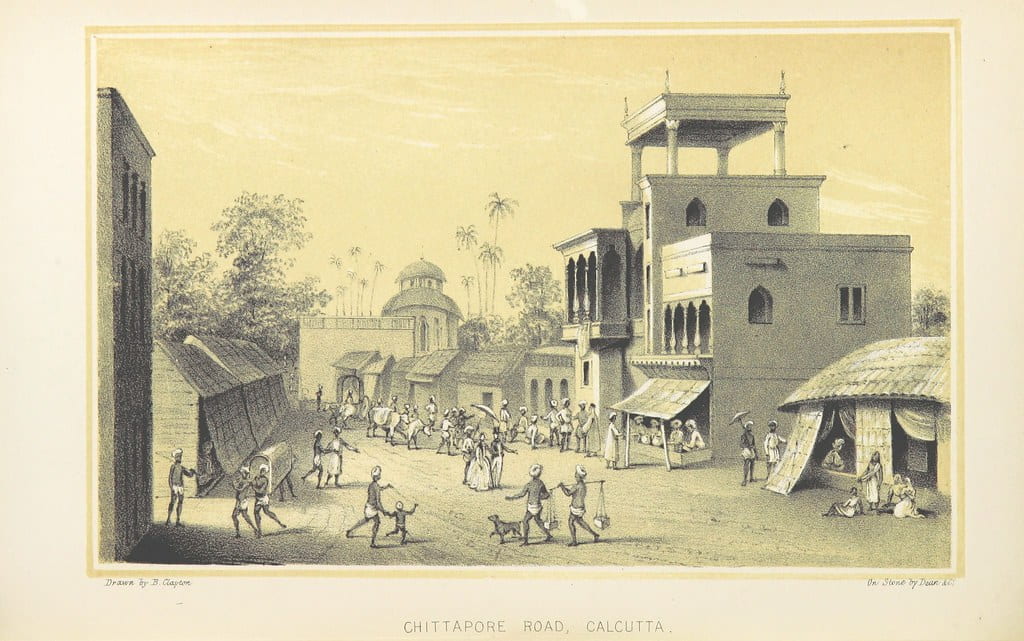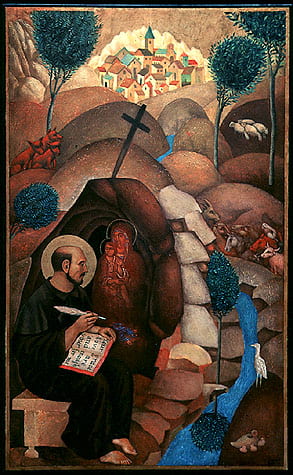Tag India
By guest contributor Tiraana Bains Intellectual histories of India, particularly of the decades and centuries following the mid-eighteenth century, are often histories of Europe’s India: India as it was imagined and understood or misunderstood by Europeans. Representations, discourses, knowledge forms,… Continue Reading →
By contributing writer Joseph Satish V Only a month after India gained independence from the British in 1947, the Indian botanist Debabrata Chatterjee wrote of his hope that in the new India the Government will… effect among other things the… Continue Reading →
by guest contributor Deborah Schlein When Greek medical texts were transmitted and translated in the ʿAbbasid capital of Baghdad in the ninth and tenth centuries, they paved the way for original Arabic medical sources which built off Greek humoral theory… Continue Reading →





